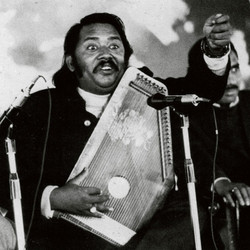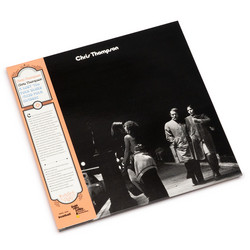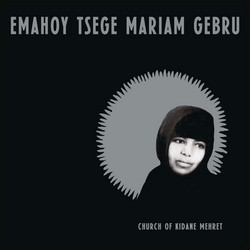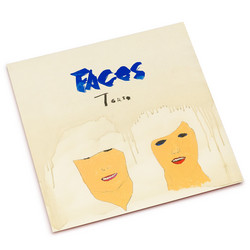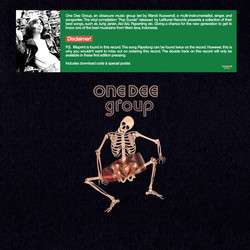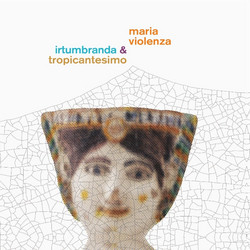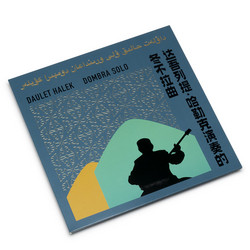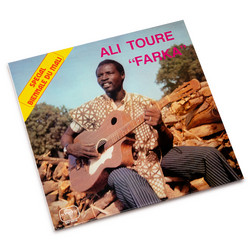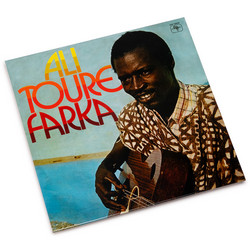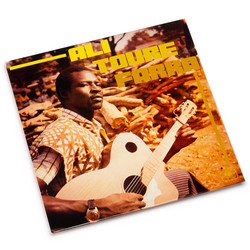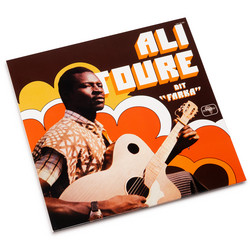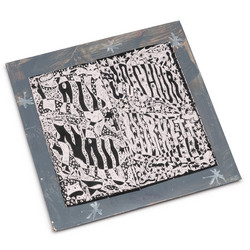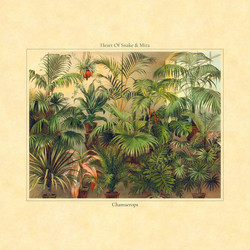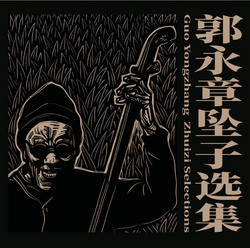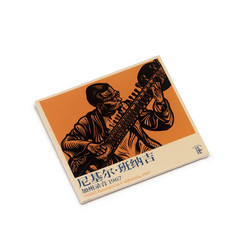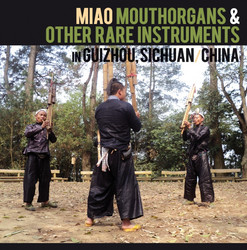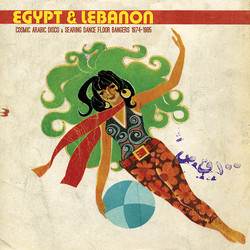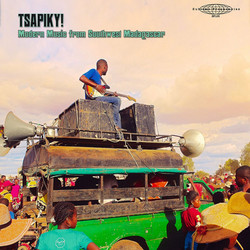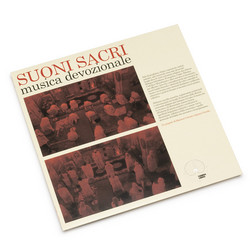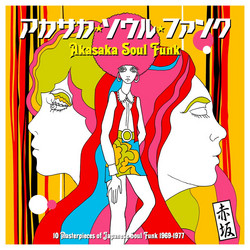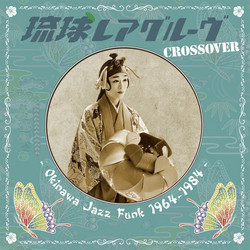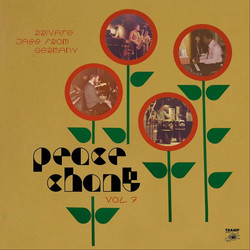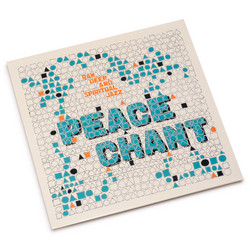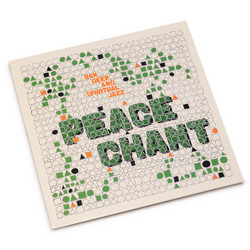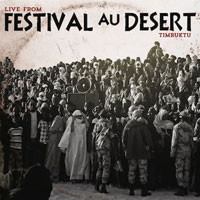The Kel Tamasheq people of the Sahara respect an ancient social order of noble families supported by lesser nobles, craftsmen and former slaves. Noble princes never would pick up a musical instrument -- that was for the craftsman, the griot, the professional bard, or the lesser nobles. But all that has changed during the droughts and rebellions of the past 50 years. The whole social order has been challenged. In the 1970s, electric guitars appeared in the desert. Everything began to change during long periods in refugee camps. What the West has come to know as desert blues, the Kel Tamasheq refer to simply as "musique guitar." Tartit and Imharhan are unique in Kel Tamasheq society because the group is made up of members from all levels of society. All class levels sing, dance and play music alongside each other. They are exceptions to the old rules. They speak directly to social change, not with guns and violence but through Democracy and their own example. The group's name means "union," coming together, creating a new cultural space. Tartit's musical style up-ends traditional norms. Tehardent, the Tamasheq name for the stringed instrument heard throughout many West African countries, is traditionally played only by men. The tinde, a traditional hand-drum, and the imzad, a violin, are both played traditionally by women. They were not played in the same ensembles. Yet, Tartit brings them together to represent a transformation of the very music and culture of the Kel Tamasheq. They represent a union of tradition and culture while embracing the modern. The music of the desert is not static. It has evolved and been influenced by the many cultures who have traveled the caravan routes over millenia. Imharhan incorporates today's influence into their music -- electric guitars and modern sounds. A popular dance band at home, Imharhan speaks directly to today's young Tamashek audience. The group's trajectory forcefully demonstrates the complexity, the relevance, and the force of today's Sahara.
